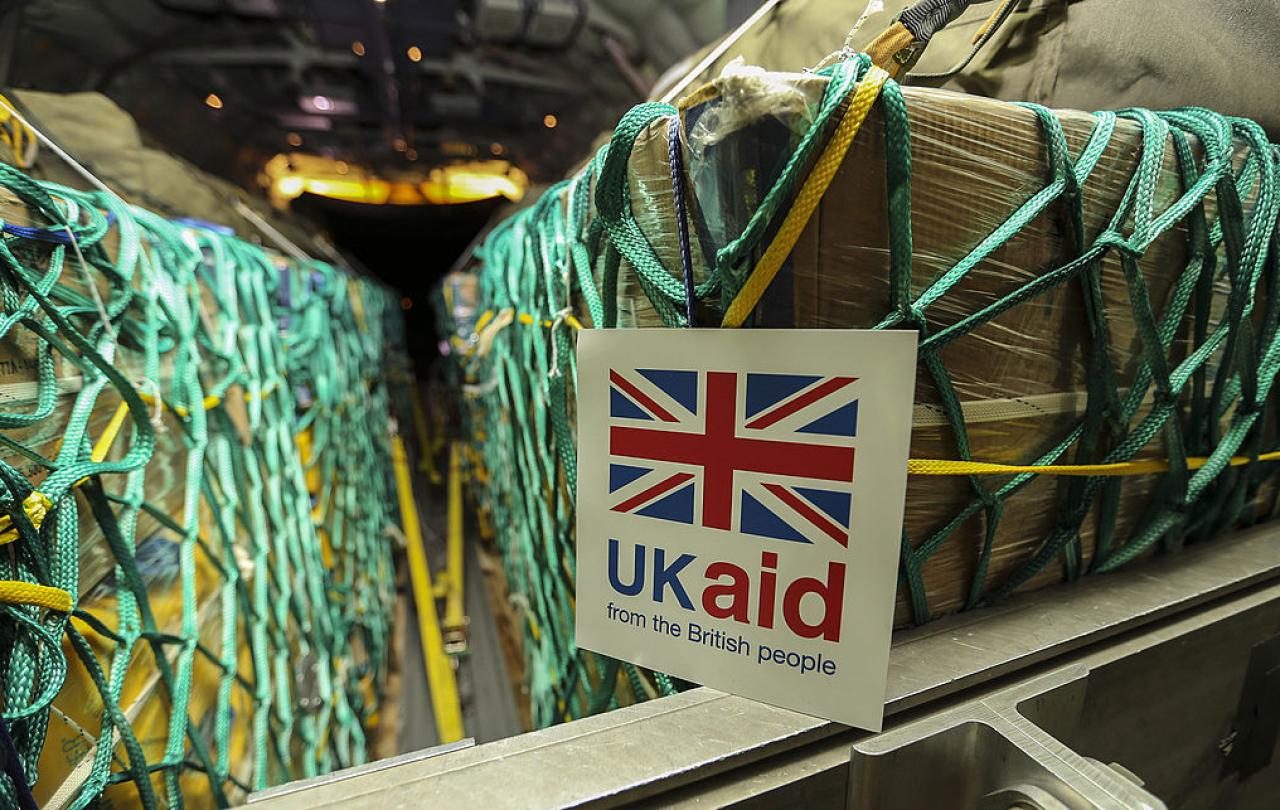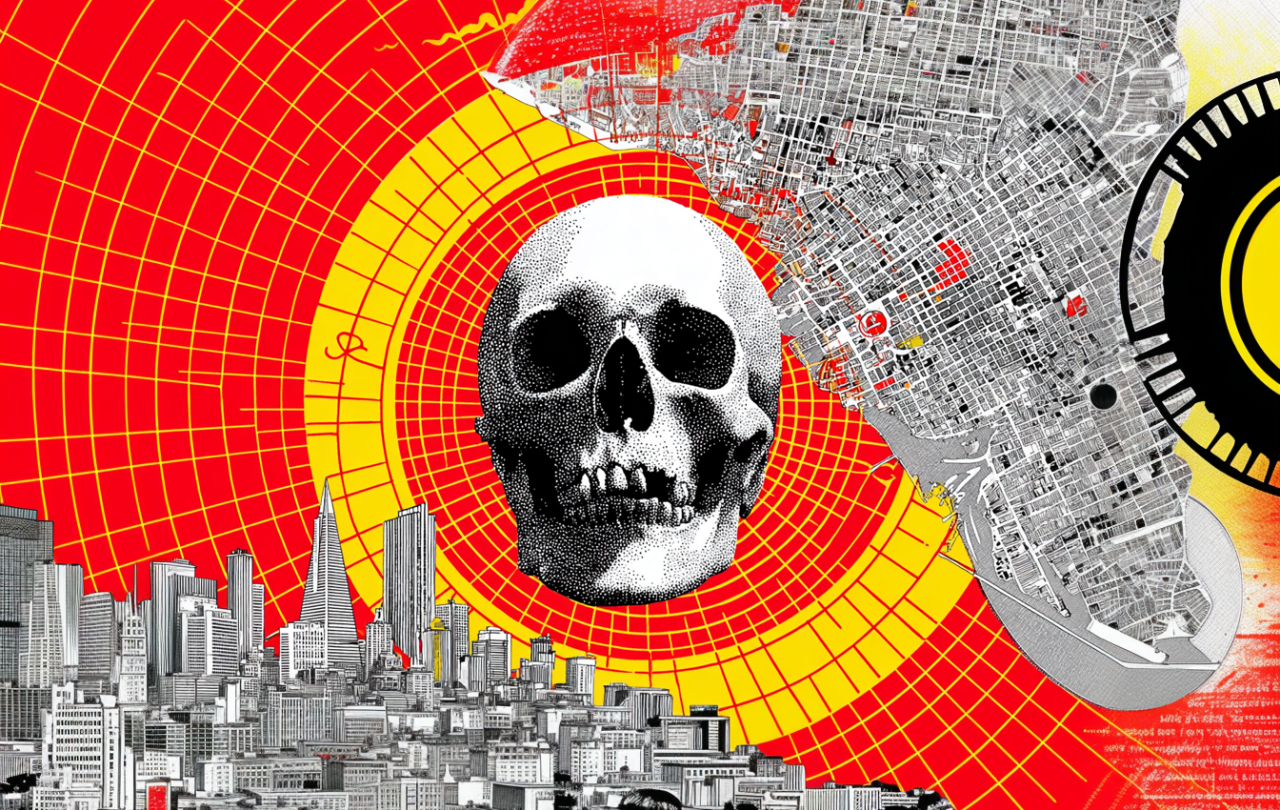
The Minister for International Development Anneliese Dodds took the difficult step to resign following the Prime Minister’s announcement this week that he is slashing the aid budget to pay for more weapons. Minister Dodds wrote in her resignation letter that:
“Ultimately, these cuts will remove food and healthcare from vulnerable people."
The hefty reduction in our international aid budget does indeed put lives at risk around the world. However, the move also serves to undermine our own national security. A strong UK presence on the world stage comes not primarily through military strength but through diplomacy and targeted development funding.
General Lord Dannatt, former Chief of the General Staff, commented:
“In the wider world, it’s disappointing that we’re probably going to plunder the international development budget, because the UK’s influence in the world often comes through a combination of our hard power and our soft power, our diplomacy and our development funds.”
International aid is proven to be one of the most effective ways to build prosperity and peace. It is a strategic investment in national and international security, arguably more useful and cost-effective than military defence spending.
Cutting aid budgets may release funds in the short term, but in reality, it weakens Britain’s influence, undermines global stability, and increases security risks. It is not only false economy, but a potentially dangerous and counterproductive shift in policy.
Here are ten reasons why international aid is such a crucial investment in security:
1. Addressing root causes reduces terrorism.
Foreign aid helps foster peace, reduce poverty, and support development in the most vulnerable regions. When countries are stable, they are less likely to fall into chaos or become breeding grounds for terrorism and extremism. UK-funded education initiatives in Pakistan and Somalia, such as the Girls’ Education Challenge, have provided over 1.5 million marginalized girls with schooling, reducing the vulnerability of young people to extremist recruitment. By decreasing the appeal of radicalization, this investment has contributed to lowering the long-term threat of terrorism against British citizens at home and abroad.
2. Investing in global health reduces pandemic risks.
Viruses don’t respect borders. Our funding for Ebola response in West Africa has helped prevent global outbreaks, reducing the risk of deadly diseases spreading to the UK. Similarly, by investing in vaccinations against new strains of Covid around the world, Britain has strengthened its own pandemic preparedness and safeguarded public health at home.
3. Stronger relationships between nations reduce conflict
Post civil war UK support for Sierra Leone helped train police and government officials, strengthening long-term diplomatic ties and preventing a return to instability that might have spilled across the continent. This has also helped position the UK as a trusted diplomatic partner in West Africa, leading to trade agreements and political alliances that benefit Britain’s global interests.
4. Supporting stability reduces forced migration.
It is now acknowledged that it is building anchors, not walls, that is the best strategy to curb migration. The UK Aid Direct programme has provided economic and social support in countries like Syria, Lebanon, and Afghanistan, reducing forced displacement and lowering pressure on UK border security. By stabilizing regions affected by conflict, Britain has been able to reduce illegal migration and the associated costs of border enforcement, asylum processing, and emergency housing.
5. Promoting sustainability reduces resource scarcity due to climate change.
The UK International Climate Finance (ICF) initiative supports sustainable agriculture and clean energy projects in Africa and Asia, mitigating competition over dwindling resources and preventing climate-driven conflicts that have contributed to making the world a more turbulent place. This has not only improved global stability but has also created opportunities for UK businesses in the green energy and sustainable development sectors.
6. Building resilience reduces international crime and instability.
UK funding has been instrumental in stabilizing Somalia, for example, improving their governance, training law enforcement, and reducing crime and piracy that threaten not only international shipping but tourism too. As a result, British shipping companies and tourists traveling in the region have faced fewer security risks, boosting confidence in UK-led trade and travel.
7. Preventing famine and malnutrition reduces political instability.
The UK-funded Famine Early Warning Systems Network (FEWS NET) has helped prevent food crises in East Africa, reducing the likelihood of mass migration and conflict over resources. Without that investment, Britain would have likely spent far more on emergency humanitarian relief and crisis management, demonstrating the cost-effectiveness of preventative aid.
8. Building stronger economies abroad creates opportunities.
UK trade-focused aid, such as through the Prosperity Fund, has helped African nations develop stable economies, creating trade opportunities for Britain while reducing dependence on fragile states. Stronger economies in partner countries mean increased demand for British exports, benefiting UK businesses and job creation.
9. Humanitarian aid strengthens a nation’s global influence.
The UK has been a major donor in response to the Rohingya refugee crisis, contributing £350 million to support displaced people in Bangladesh and Myanmar—enhancing Britain’s standing as a global humanitarian leader and leading to soft power advantage on the global stage. This goodwill has translated into stronger diplomatic relations with key allies in South Asia, supporting UK interests in trade, security, and regional stability.
10. Disaster response builds goodwill and strategic partnerships.
Following the 2010 Haiti earthquake, the UK provided £20 million in emergency aid, strengthening ties with Caribbean nations and showcasing Britain’s global leadership in crisis response. These efforts have reinforced Britain’s role as a reliable partner in times of crisis, leading to closer economic and diplomatic relationships with countries across the Caribbean.
If the West vacates aid funding it creates a very significant vacuum into which other countries will step. For example, Russia has already sent Wagner mercenaries to patrol the Central African Republic and Mali. This is not only bad for the citizens of those areas, but also from a UK national security perspective. It would be extremely concerning if the Russian state were able to build a sweeping base of influence and soft power in the global South.
With an increasingly fragile world, the tool that is most useful for national security at this time is international aid. The rise in conflict, migration, terrorism and other pre-war conditions is directly due to the impact of poverty – which now affects 44 per cent of the global population, wealth concentration – which increases the chance of financial crises, weakened trade routes – due to Brexit, war in Ukraine and the Middle East, and new tariff policies in the US, and climate change – which exacerbates all those tensions. If the UK want an effective defence strategy in these turbulent times, we must reconsider doubling down on our international aid commitments, not abandoning them.
Join with us - Behind the Seen
Seen & Unseen is free for everyone and is made possible through the generosity of our amazing community of supporters.
If you’re enjoying Seen & Unseen, would you consider making a gift towards our work?
Alongside other benefits (book discounts etc.), you’ll receive an extra fortnightly email from me sharing what I’m reading and my reflections on the ideas that are shaping our times.
Graham Tomlin
Editor-in-Chief





